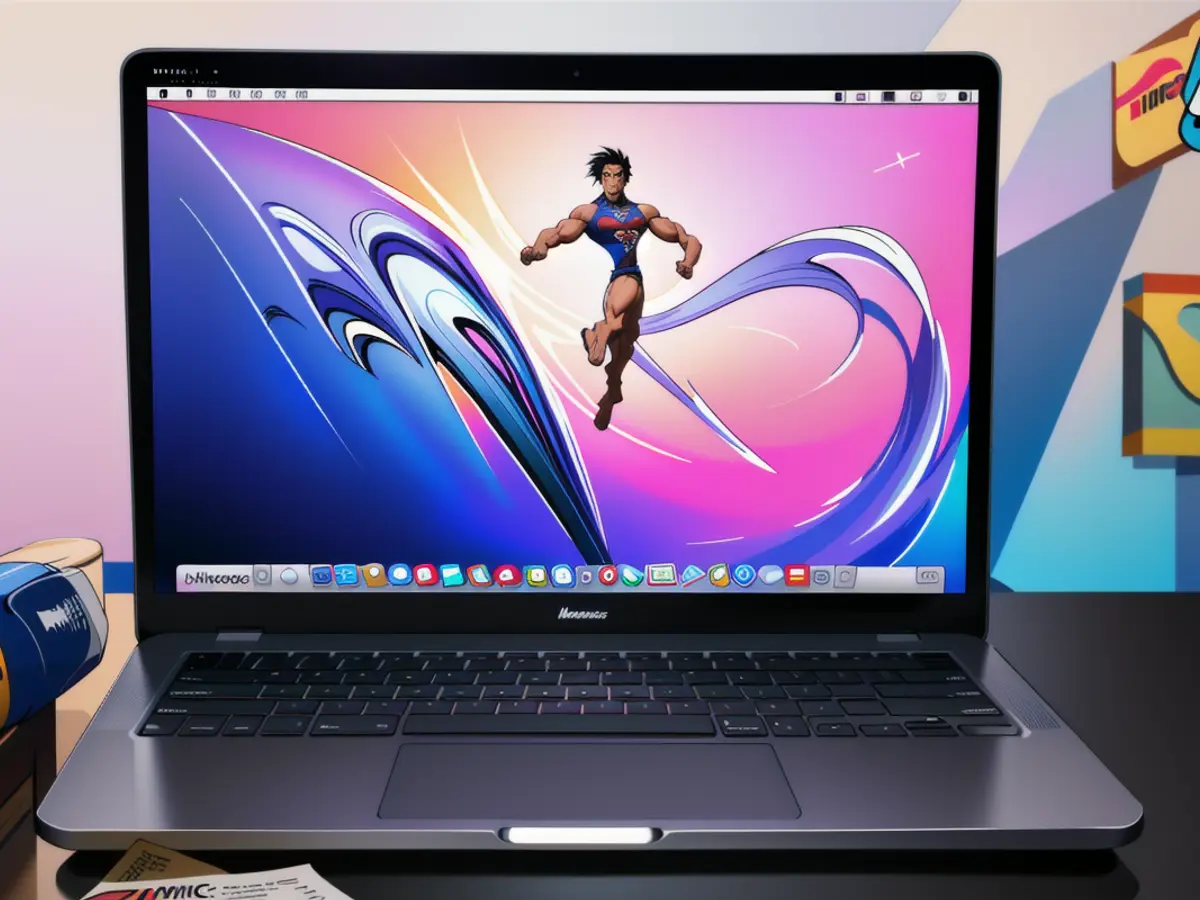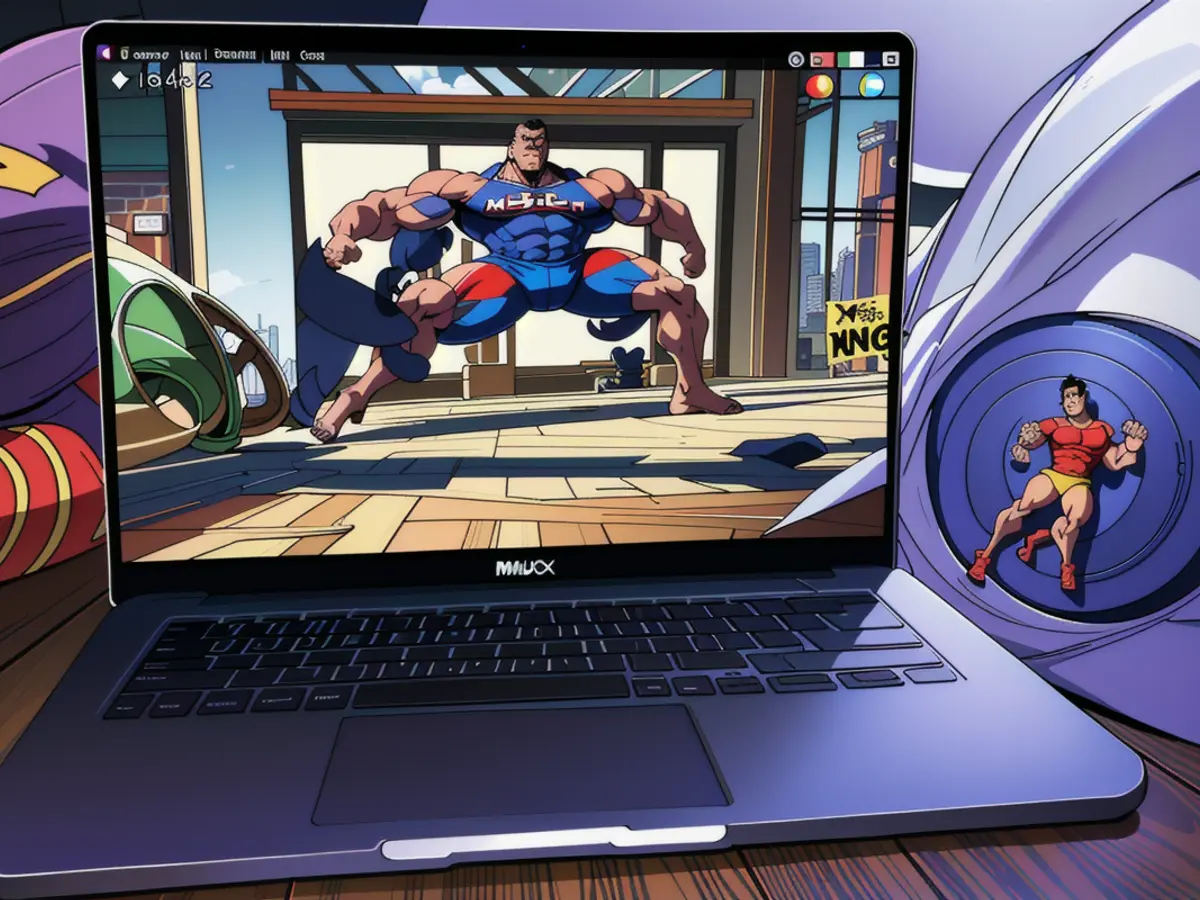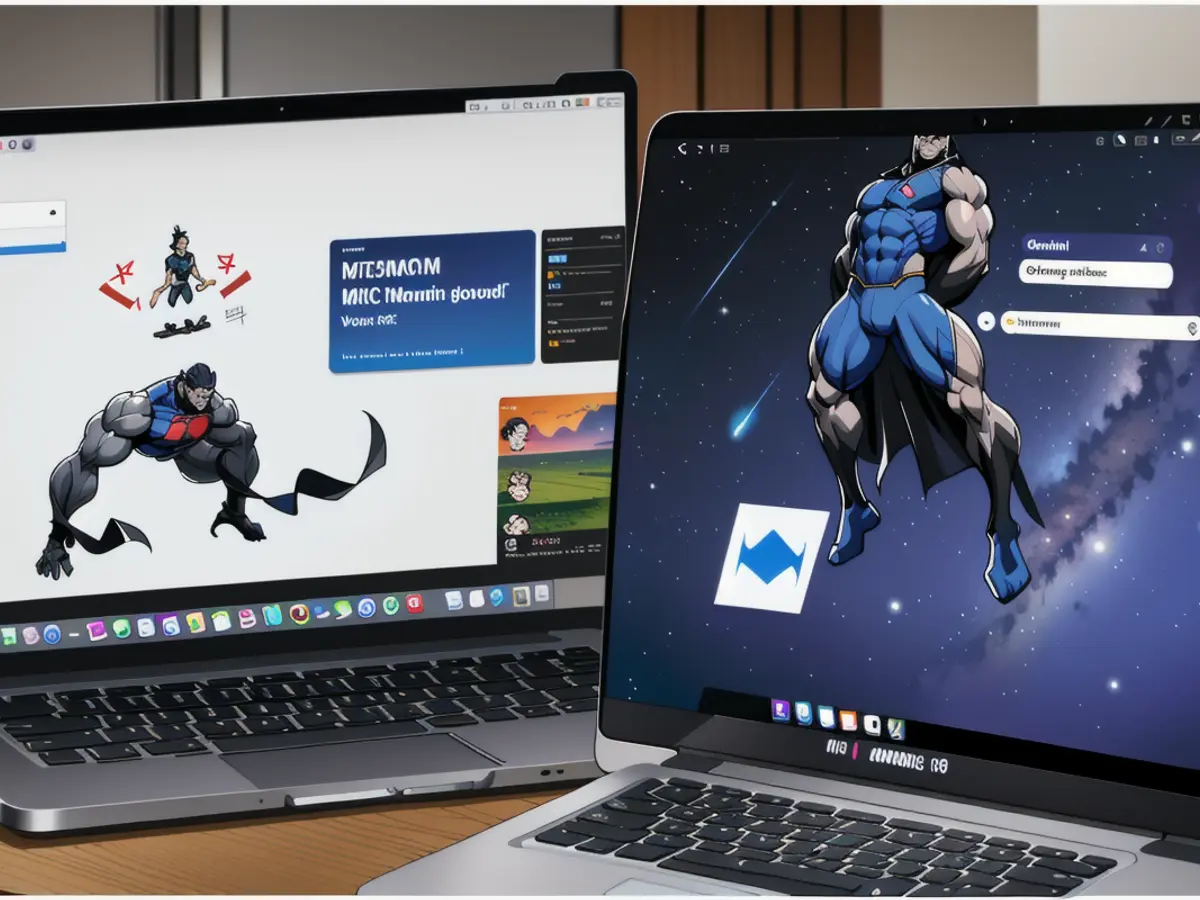Apple Intends to Eliminate Square's Influence
Apple's bringing the future a tad earlier this year with the announcement of Tap to Pay, turning iPhones into standalone digital payment terminals. This move could shake things up for companies like Square, which provide hardware to allow small businesses to accept various payment methods. By integrating Tap to Pay, merchants could easily skip the extra hardware, making transactions smoother.
Rumors of this feature have been circling for quite some time, with the official announcement dropping just a few weeks back via Bloomberg. Apple's acquisition of Mobeewave, a Canadian startup focusing on contactless payments using NFC chips, for $100 million in 2020, might have hinted at this development. The iPhone's NFC chip enables Apple Pay, and Tap to Pay takes it a step further.
Exact rollout timelines for Tap to Pay are being kept under wraps, but Apple hinted at a launch later this year. It might even be available as early as this spring. The feature will debut in beta versions of upcoming iOS updates, with iPhone XS and newer models being the first to benefit.
Apple ensures the same security and privacy found in Apple Pay, meaning data on purchases and buyers remain confidential. Additionally, Tap to Pay will be accessible to iOS developers and other payment platforms, starting with Stripe, with more following by the end of the year.
Considering Apple's new offering, Square may need to adjust its strategy. While Tap to Pay might reduce hardware income from merchants no longer needing extra readers, its impact on more extensive payment systems remains to be seen.
- Increased Competition: Apple's Tap to Pay could draw in more merchants and users, potentially affecting market share of third-party payment services like Square.
- Integration and Compatibility: Tap to Pay's specific integration with iOS devices might limit compatibility with various platforms, making it tough for third-party services to adapt.
- Security and Privacy: Apple's stringent security measures could be a bargain for merchants, possibly luring some away from less secure third-party services.
- Ease of Use: The convenience offered by Tap to Pay might make it more appealing for both merchants and customers, reducing the need for third-party payment solutions.
- Partnerships and Collaborations: To maintain their market share, third-party services may partner with Apple or other companies to offer complementary services.
As Apple dives into the digital payment landscape, Square and other third-party services must stay agile, potentially exploring strategic partnerships or enhancing features to remain competitive.
- The tech industry is abuzz with rumors about how this new feature ['Tap to Pay'] could revolutionize the way ['truckers'] handle payments on the road.
- Despite the ['tech'] advancements in contactless payments, there are concerns about the ['future'] implications for companies that rely on ['hardware'] sales, such as Square.
- With ['Apple']'s ['technology'] now allowing iOS devices to function as standalone payment terminals, ['payments'] could become a more diverse and competitive market.
- While ['iOS'] developers will have access to Tap to Pay, it remains to be seen how ['compatibility'] issues with other operating systems could affect its widespread adoption.








